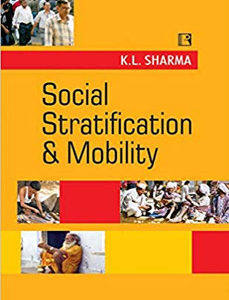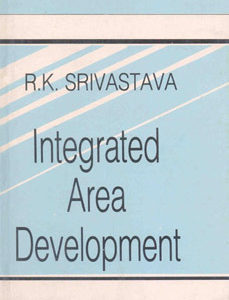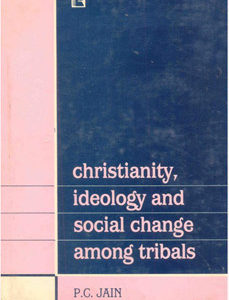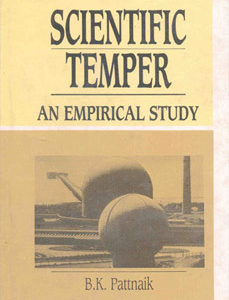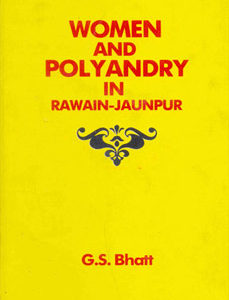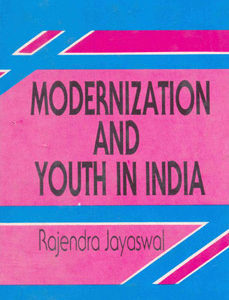CLASS, CONFLICT, AND MOBILITY: Theories and Studies of Class Structure
₹1,395.00 Original price was: ₹1,395.00.₹1,116.00Current price is: ₹1,116.00.
25 in stock
Social stratification is one of the oldest and most researched areas of sociology. It deals with issues that pervade, indeed are at the heart of, the whole sociological enterprise.
This book is an effort, first, to state comprehensively and clarify the theories of class structure and stratification put forth by Marx and the post-Marxian scholars, and second, to apply to a particular body of data some of the insights and propositions generated in those theories. Accordingly, the volume is divided into five parts. Part I presents the theories of Marx, Pareto, Dahrendorf, Weber, and Davis and Moore, in that order. Part II consists of five chapters, of which the first offers a conceptual analysis of class consciousness and the next four make empirical applications of that analysis. Part III consists of two chapters on job satisfaction and alienation, wherein Marx’s statements on the subject are examined closely, and partly in conjunction with elements of the Davis-Moore theory. Part IV, devoted to the study of social mobility, begins with an examination of rates and measures of vertical occupational mobility and continues with four chapters on various correlates of mobility. Finally, Part V contains one chapter, in which Dahrendorf’s work is examined critically with a view toward determining not only the extent of its empirical validity but also the degree to which it constitutes a theoretical bridge between Marx and one of Marx’s keenest interpreters and critics, Pareto.
Overall, the volume will prove useful to social scientists and teachers concerned with a systematic examination of theories of stratification and with their applications to class structure in industrial society.
| Author's Name | |
|---|---|
| Binding | |
| Release Year | |
| Language | |
| Publisher |
Related products
Sociology
Sociology
Sociology
CHRISTIANITY, IDEOLOGY AND SOCIAL CHANGE AMONG TRIBALS: A Case Study of Bhils of Rajasthan
Sociology
Sociology
Sociology





